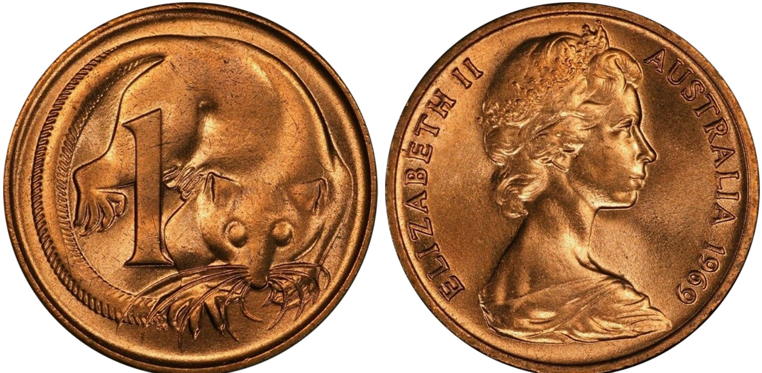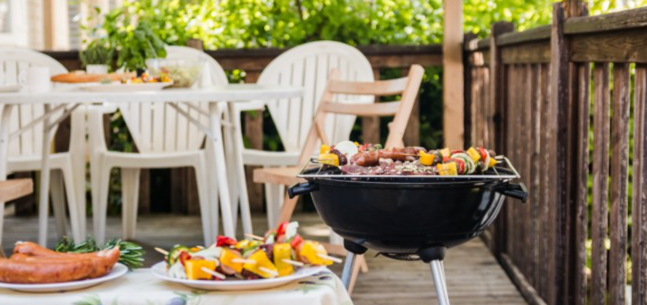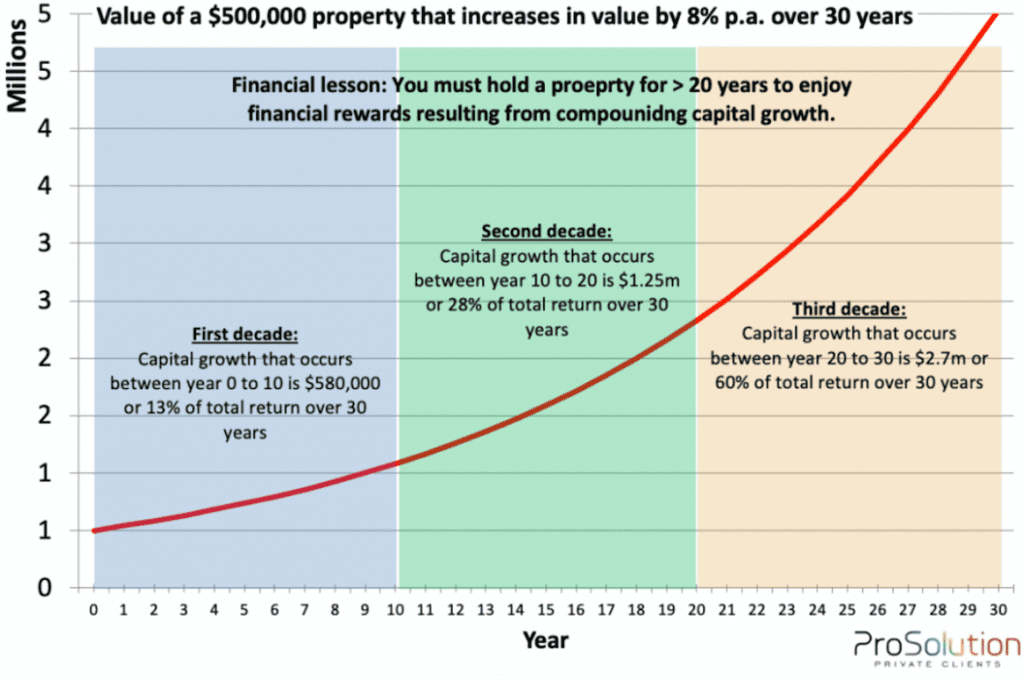The Penny Challenge is an old quiz that highlights the power of compounding growth.
What would you choose? A magic penny that doubles in value every day for a whole month, or a million dollars cash immediately?
Studies found that most people who aren’t familiar with the quiz will choose the million dollars. With smartphones now so easily on hand, we could anticipate that the results could be different now that contenders can manage some quick calculations on the spot.

If the penny is worth two cents on day two, four cents on day three, eight cents on day four, and so on, this magic doubling penny will eclipse the million-dollar mark by day 27. By day 31, the penny will be worth over $10.7M.
Granted, the penny’s capital growth rate of 100% does not relate at all to property, however it is a great representation of the power of compounding growth and the reward of time as a valuable ingredient.
As this is the first Sunday of the new year, I’ve reflected on one of my favourite ingredients for property investing success. In fact, I’ve had adequate time over the festive season to not only reflect but talk to some of my nearest and dearest about their own property investing journey and how it’s shaping up for them. Specifically, with a strong year of capital growth now in the rear vision mirror; 2021 seemed to bolster up many property investors’ equity positions.

I’ve written about many different combined ingredients for property investment success over the years, but this one outweighs all the others.
……… time.
A very dear friend who has been in my life for two decades now reminded me of this powerful ingredient when she thanked me for the advice, I gave her a year ago. She has a property portfolio herself with I’ve proudly been a part of, but a year ago she was bothered by the limited capital growth she’d experienced in the recent few years for two of her Queensland houses. In a sea of green arrows and high capital gains across many cities around our nation, her two houses in Queensland hadn’t performed at the same astonishing rate as her Melbourne properties had in the same short period.
I reminded her why she bought those two houses in the first place. Her long-term strategy was to buy and hold and enjoy the higher rental returns into her retirement one day. These two houses were cashflow positive at the time of acquisition and had only become more lucrative as a cashflow model as time had gone on, rents had increase, and debt had been driven down.
“They are delivering what you asked of them. Don’t sell them. Let them keep doing their thing.”
We discussed her overall portfolio, calculated the current returns, focused on the properties we’d specifically chosen for capital growth and calculated the rough equity gains. Her portfolio was on track, and I reminded her to relax and let time do its thing.
I recalled a close industry friend’s conversation with me back in 2008 when we were talking about Melbourne’s impressive capital gains over the decades. He had an investment property; a period house he’d bought in Northcote when Melbourne’s inner north gentrified very quickly. He almost quadrupled his money in a reasonably short timeframe and was proudly telling me about his gain. It may have been subject to capital gains tax, (pending the year in which he sold it), but either way, his face fell when I challenged him about why he sold it. I asked him two questions.
- “What would it be worth now?”, and
- “Did you have to sell it?”
Recently, Stuart Wemyss from ProSolution shared a blog and podcast episode about compounding growth and his material included a compelling chart, and it bought to light the power of compounding growth over time.
Stuart modelled out a $500,000 asset, growing in capital value by 8% year on year. As shown in the chart below, Stuart staged the growth over three consecutive decades, indicating a capital gain of $580,000 in the first decade, $1.28M in the second ten-year period, and an astonishing $2.7M in the final decade. As a percentage of the total gain in the thirty-year period, the first decade only delivered 13%. The second was just shy of 28% and the final decade enjoyed the lion’s share; a huge 60%.

Many investors don’t have the luxury of holding an asset into a fourth or fifth decade, but depending on how young the investor was when they started investing, and how quickly the property became cashflow-positive for them, some investors will hold properties into their fourth and fifth decades of ownership. Particularly those who have adopted a ‘Buy and Hold’ strategy, (where the asset is paid down and rental proceeds are enjoyed into retirement, as opposed to sold off and profits reinvested).
If Stuart’s chart catered to a Buy and Hold investor who could retain the same $500,000 asset for fifty years, their fourth decade at 8% pa would represent a capital gain of well over $5M.
And calculated on these same metrics, their fifth decade would deliver a capital gain of $12.5M.
It all sounds incredulous, and most will argue that 8% is too optimistic, or that gains are not linear, (and I broadly agree), but I challenge any investor to model a conservative capital growth rate and more importantly, I implore them to model it out over an investing period of more than twenty years.
I modelled the same $500,000 asset at 5% pa capital growth and 3% gross rental yield. By year 30 it holds a projected value of $2.16M and delivers $64,800 in annual rent. By year 40, the same asset value sits just above $3.5M and annualised rent is $105,000.
Inflation, management costs, rates, tax, insurances and maintenance all need to be factored in, but readers can get the picture. If this investor purchased the asset at age 30, their post-retirement outcome seems quite appealing, especially when multiple properties are held within the portfolio.
It’s not luck or high incomes or wisdom that enable the best outcomes for property investors.
It’s time.
REGISTER TO OUR NEWSLETTER
INFORMATION
CONTACT US
1A/58 ANDERSON STREET,
YARRAVILLE VIC 3013
0422 638 362
03 7000 6026
CATE@CATEBAKOS.COM.AU
